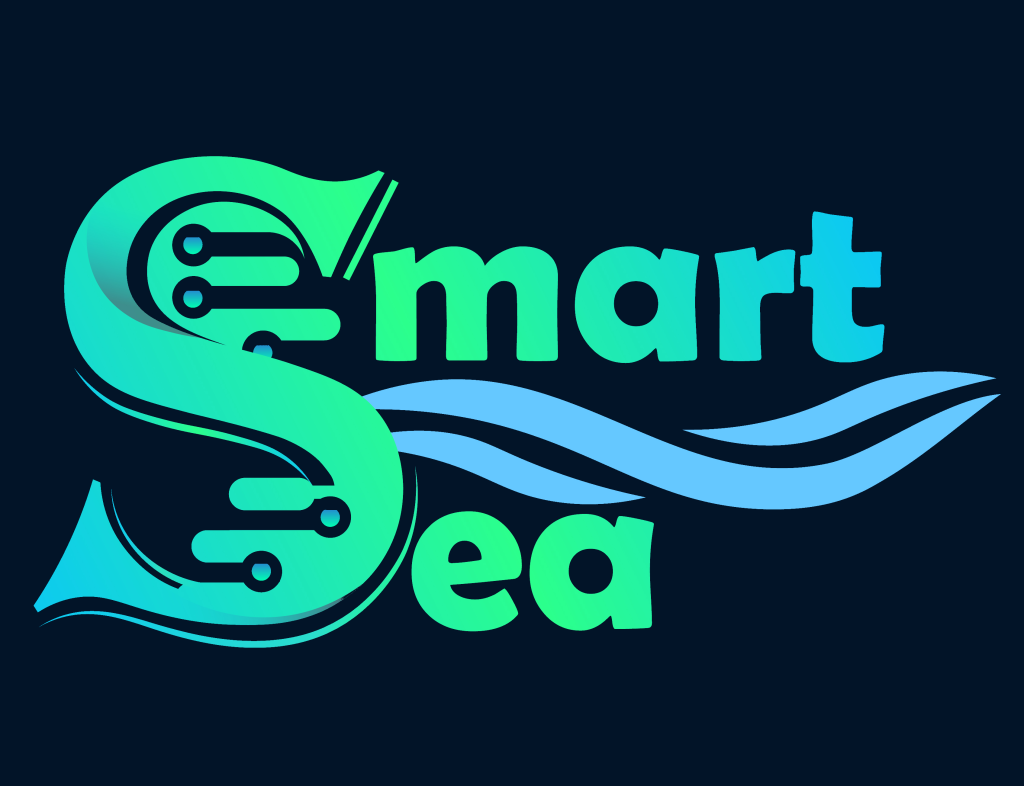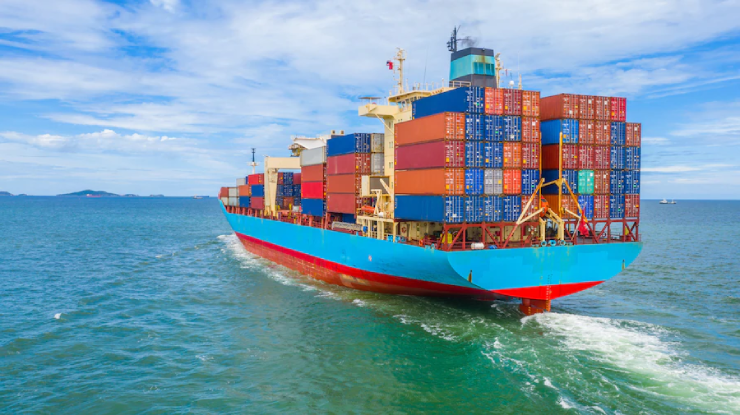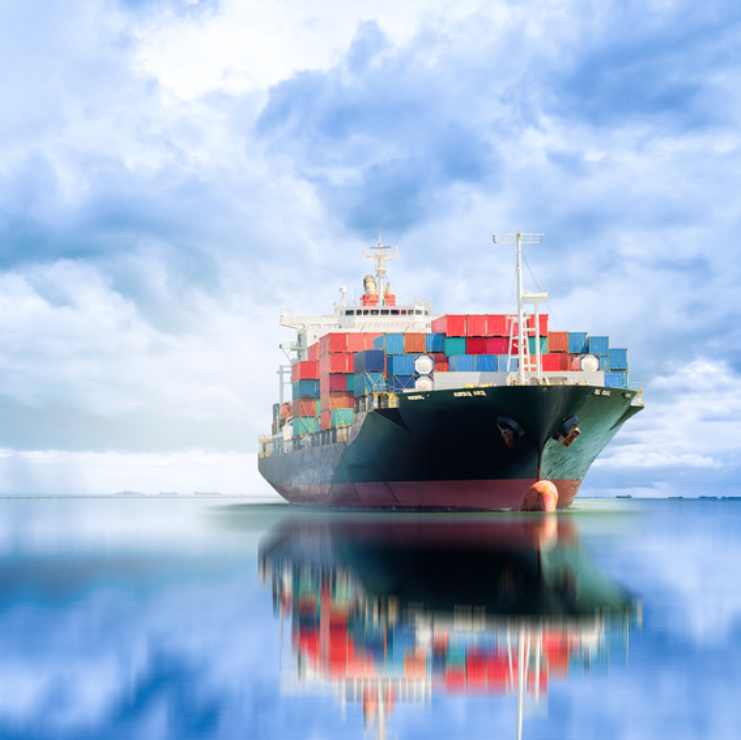The hydrodynamic performance of a ship is an important factor which must be considered while working towards the green shipping future. In the ongoing development towards low-emission shipping, sparked partly by the IMO’s goal of 50% reduction of greenhouse gas (GHG) emissions from global shipping within 2050, energy saving is going to be much more important, also from an economic perspective. Optimizing the hydrodynamic performance of a ship would not only lead to direct reduction of GHG, when running the ship on fossil fuels, but would also make alternative low-GHG fuel options more economically viable, as all the low-GHG alternative energy sources are significantly more expensive per unit energy than the traditional marine fuels. The operational efficiency and, therefore, fuel or energy savings can be increased by keeping the hull and propeller smooth and clean of marine fouling (Townsin, 2003). However, cleaning very frequently is quite expensive and may also lead to increase in wear of the hull coating, which in turn may increase the resistance and fuel consumption (Munk, 2016). Conventionally, most of the ship owners perform scheduled maintenance (hull and propeller cleaning) on a regular timely basis which may not be very efficient. If the performance of the in-service ship can be efficiently and accurately monitored, the hull and propeller maintenance intervals can be optimized.
Source: Ship performance monitoring using machine-learning
Smart Sea® uses digital twins to analyse (1) the hydrodynamic performance of hull and propeller as well as (2) efficiency of main engine (M/E) and appendices. Both digital twins are calibrated for a new vessel based on Sea Trial, Shop Test, Power Card and CFD simulations. The hydrodynamic digital twin is built on the principles of naval architecture and quantifies the role of environmental conditions (wave, current and wind), operating conditions (trim) and hull roughness in the extra fuel consumption. Similarly, the M/E digital twin is based on thermodynamics and combustion formulas and shows the role of various elements in SFOC. The output of the vessel performance analysis is an insight into how the ship operator can cut the fuel cost and comply with the MEPC’s regulations i.e. emission control.



